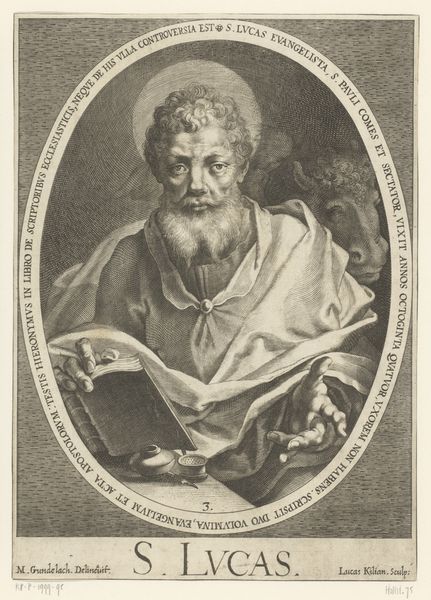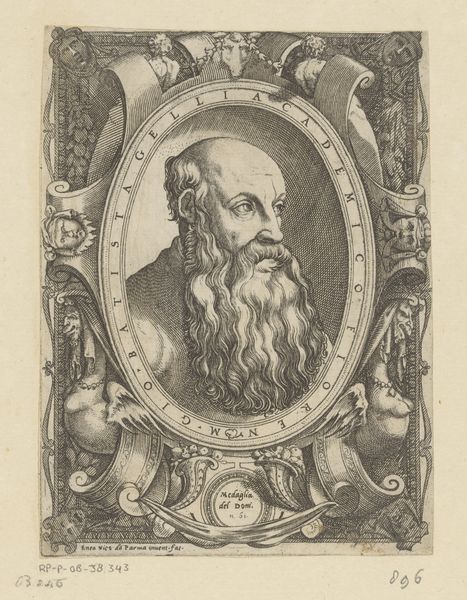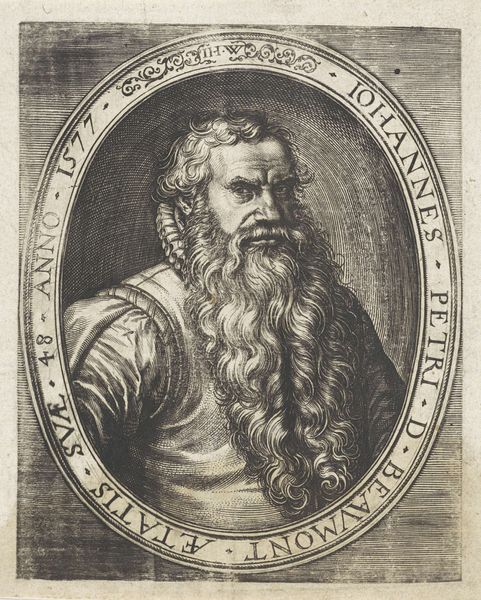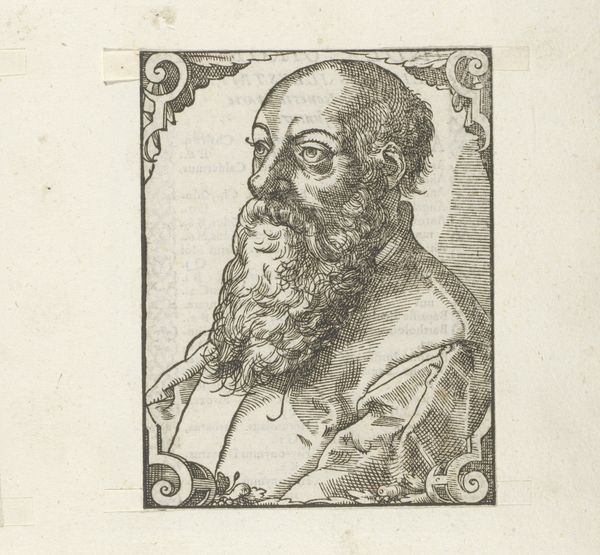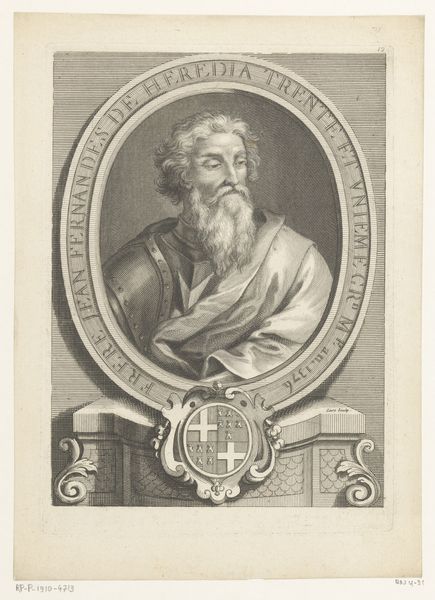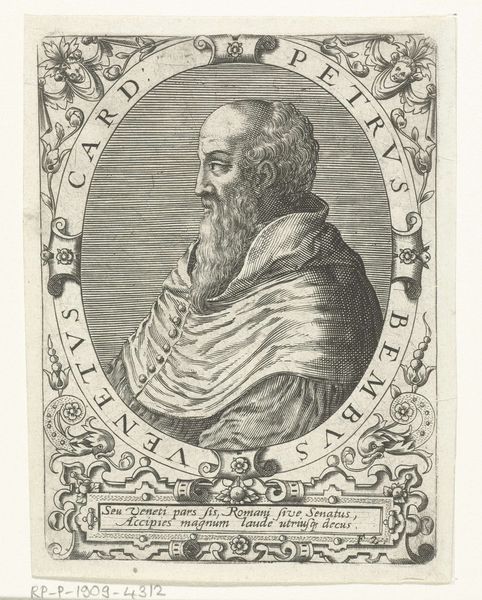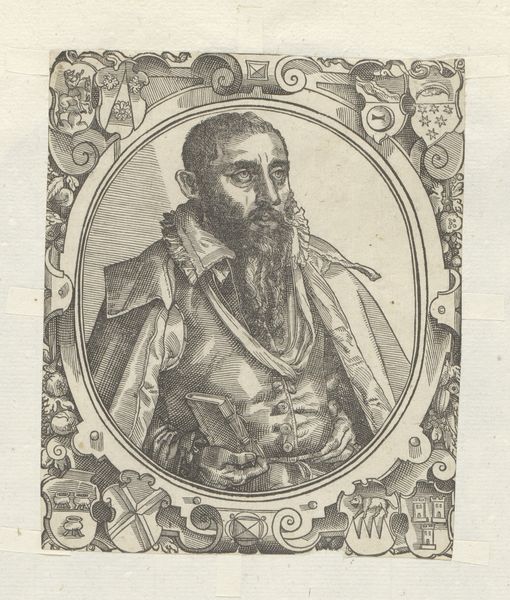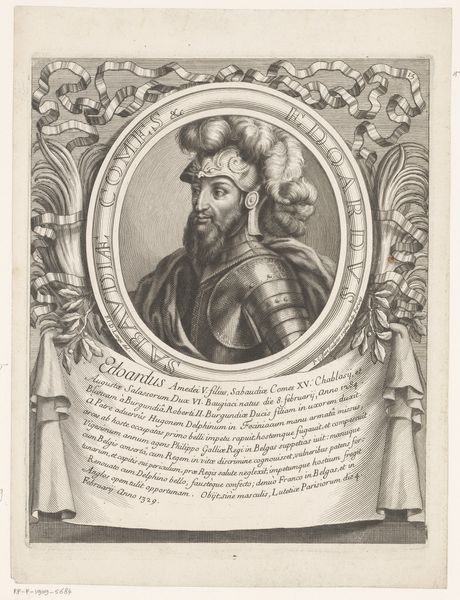
print, engraving
#
portrait
# print
#
old engraving style
#
mannerism
#
engraving
Dimensions: height 153 mm, width 113 mm
Copyright: Rijks Museum: Open Domain
Enea Vico, who was active in the mid-16th century, made this portrait of the writer Anton Francesco Doni, using a printmaking technique called engraving. Look closely and you’ll see it’s made up of thousands of tiny lines incised into a copper plate with a tool called a burin. The artist would have painstakingly worked to create the detailed image, building up tone and texture through the density and direction of the lines. What’s interesting here is the sheer amount of labor embedded in the piece. Each line represents a deliberate decision, a physical act of cutting into the metal. In Vico’s time, prints like these were a key means of circulating images, ideas and visual culture more broadly. So, while the image is small, its impact was potentially enormous. Considering the material and the making helps us appreciate not only Vico's skill, but also the role of prints in disseminating knowledge and shaping social and cultural values. It’s a reminder that even seemingly simple objects can carry a wealth of information about the world in which they were made.
Comments
No comments
Be the first to comment and join the conversation on the ultimate creative platform.
